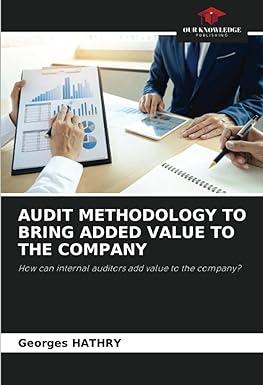33% + . Wi-Fi Calling 12:14 AM a courses.yorkvilleu.ca Questions 1) What is the break-even point, in terms of volume (i.e., number of shipments per year), for Option A? Option B? (2) How many shipments would have to be made under Option A to produce operating income of $30,000 for an annual period? (3) How many shipments per year would have to be made under Option A to produce an operating margin equal to 9% of sales revenue? (4) How many shipments are required under Option B to produce net income of $180,000 per year, given a corporate tax rate of 40%? (5) Assume that for the coming year total fixed costs are expected to increase by 15% for each of the two options. What is the new break-even point, in terms of number of shipments, for each option? By what percentage did the break-even point change for each case? How do these figures compare to the percentage increase in budgeted fixed costs? (6) Assume an average income tax rate of 20%. What volume (number of shipments) would be needed to generate net income of 5% of revenue for each option? (7) Which option do you think is the more profitable one for this business? Explain. (8) Which option do you consider to be more risky to the business? Explain (calculate degree of operating leverage to help answer this question). 33% + . Wi-Fi Calling 12:14 AM a courses.yorkvilleu.ca Questions 1) What is the break-even point, in terms of volume (i.e., number of shipments per year), for Option A? Option B? (2) How many shipments would have to be made under Option A to produce operating income of $30,000 for an annual period? (3) How many shipments per year would have to be made under Option A to produce an operating margin equal to 9% of sales revenue? (4) How many shipments are required under Option B to produce net income of $180,000 per year, given a corporate tax rate of 40%? (5) Assume that for the coming year total fixed costs are expected to increase by 15% for each of the two options. What is the new break-even point, in terms of number of shipments, for each option? By what percentage did the break-even point change for each case? How do these figures compare to the percentage increase in budgeted fixed costs? (6) Assume an average income tax rate of 20%. What volume (number of shipments) would be needed to generate net income of 5% of revenue for each option? (7) Which option do you think is the more profitable one for this business? Explain. (8) Which option do you consider to be more risky to the business? Explain (calculate degree of operating leverage to help answer this question)








